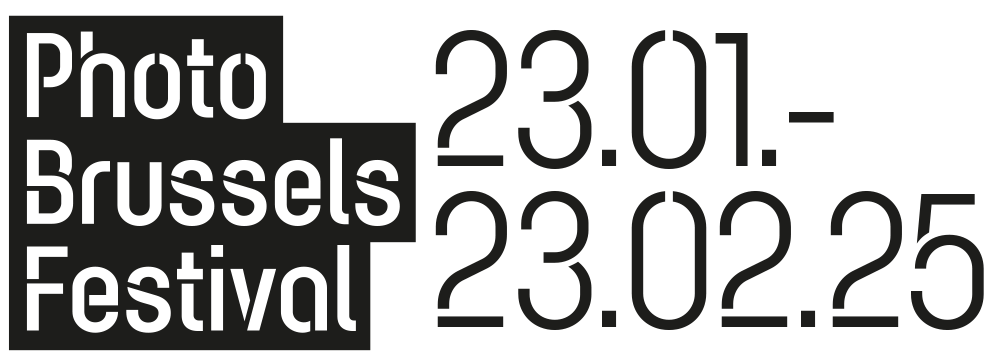LIONEL BAYOL-THEMINES
Born in Castelsarrasin, France. 1968.
Lives and works in Paris.
“By questioning the real octive forms of a landscape, with the tools of his time, namely image-processing software, Lionel Bayol-Thémines works with the fascination that Man has always had for nature, and particularly the mountains. “
What did the world look like after the Anthropocene, that era of geological history that came after the Holocene and made Man a major « telluric force », given the impact his activities have had on upsetting the ecosystem ? Tctionally represent a transformation of the world where the human species has denitively disappeared, Lionel Bayol-Thémines logically used computer techniqueseld that now backs up all the activities and knowledge of humanity. The strange landscapes in his Silent Mutation series spring from an association of photography and 3-D creation that the artists uses in an unusual way by modifying his shots to create a representation of « new realities »: the removal, accumulation, and transport of material are done by manipulating the internal structure of the images corresponding to the digital code. Devoid of any human presence, Bayol-Thémines’ meticulously constructs images of an articial nature, as if to give material form to « denaturation » of the environment resulting from intensive human activity or to bring out the invisible mutations caused by industrial pollution, the environmental impact of biotechnologies, radioactive emissions, or the climatic upsets that give rise to improbable jungles in temperate zones (Lowland, 2013-2014). A range of disasters falls slowly but surely into place in digital tsunamis (Tsunami and Iceland, 2014) as pixellized acid rain generates smog (Beyond the time, 2015)elds are petried (Safe Land and Fossil Territories, 2014) and rattletrap landscapes are born of a threatening geomorphogenesis, soiled by a corrupt algorithm (Geodesy, 2015). Beyond a singular, very experimental approach to digital photography, the artists’ productions take various forms : classical photographic images as well as artistic books, volumes and installations. In Lionel Bayol-Thémines’ work, the plasticity of the image is not expressed only in its internal structure – its code – and therefore in what it represents, but also in the material form it takes. For example, the High Land installation (2015), whose photographs are deployed in 3-D, is presented as an exploration of another perspective of a view of a mountain, from an unexpected standpoint, like the painter Gustave Courbet when in 1877 he represented his Panorama of the Alps1. From the side view, the work looked like a wave, as if the threat of climate change was symbolically spreading to territories that had been spared to date. This was not an invitation to contemplate or the revelation of « a spot where the eye could rest pleasantly » as Hegel wrote in his travel log on the Swiss Alps2 ; the use of the third dimension enables the artist, beyond digital manipulation, to upset the traditional representation of the mountains – the one that has shaped our view – and thereby to disturb the conventions that govern our perception of the landscape. By doing so, he questions the viewer with a speculative approach and questions a certain academic approach where photographs are neatly framed to be hung on the wall.
Far from giving in to a romantic, contemplative, idealized or documentary vision, this artist opens the way to a path that is still little travelled by photographers: with each new series of images, he seems to expand the limits of expression of landscape representation, as well as the possibilities offered by digital tools. Unlike traditional models and documentaries that have been thoroughly explored by photographers in recent years, he suggests that we have a look at nature re-invented, to experience a landscape of fantasy, charged with the representations of history, and profoundly scarred by the state of a threatened world.
BIOGRAPHY
Lionel Bayol-Thémines trained in biochemistry and is a self-taught photographer. He was an active member of the Lucette omnibus collective in the 1990s, and headed the Image Forum in Toulouse from 1998 to 2002, before moving to Paris in 2004. He is a permanent resident of the National Foundation for Graphic and Plastic arts (Fnagp), and now spends his time on personal research and teaches photography and graphic arts. For some 20 years, Lionel Bayol-Thémines has been observing the evolution of our societies via a fictional anthropology. This plastic research focuses on the relations of man to his history and his environment, like in the series Typology of human language and Empty land…
Today, by mixing digital photography and 3D techniques, Lionel Bayol-Thémines is building a new reality where the real and virtual coexist in symbiosis (Silent mutation-post Anthropocene, landscape construction…), as he questions us on our shared living space.
His photographs are regularly displayed in personal or collective exhibits. They are among the permanent collections of the Maison Européenne de La photographie (Paris), the city of Lyon-France, the Arthothèque in Caen, among others …
Photo: Courtesy of the artist

